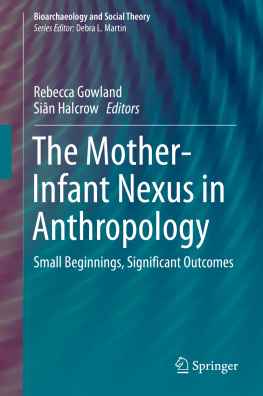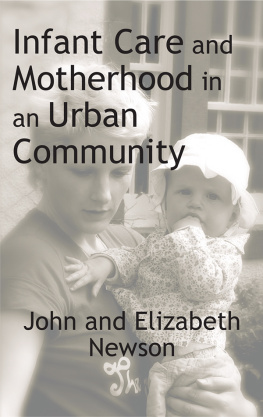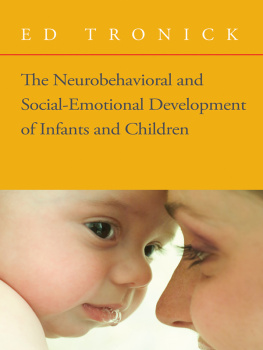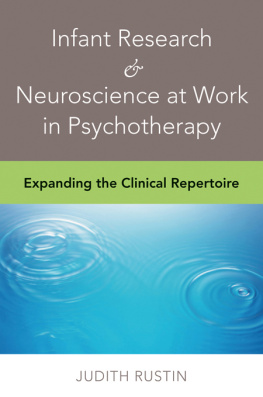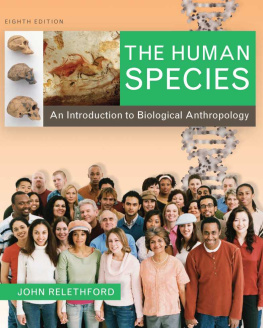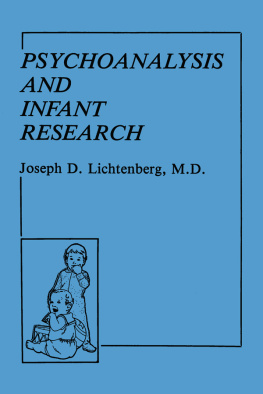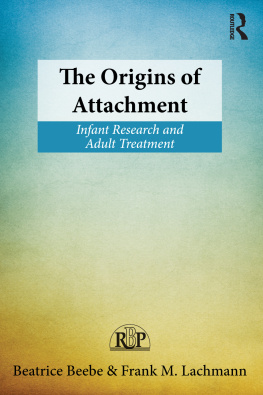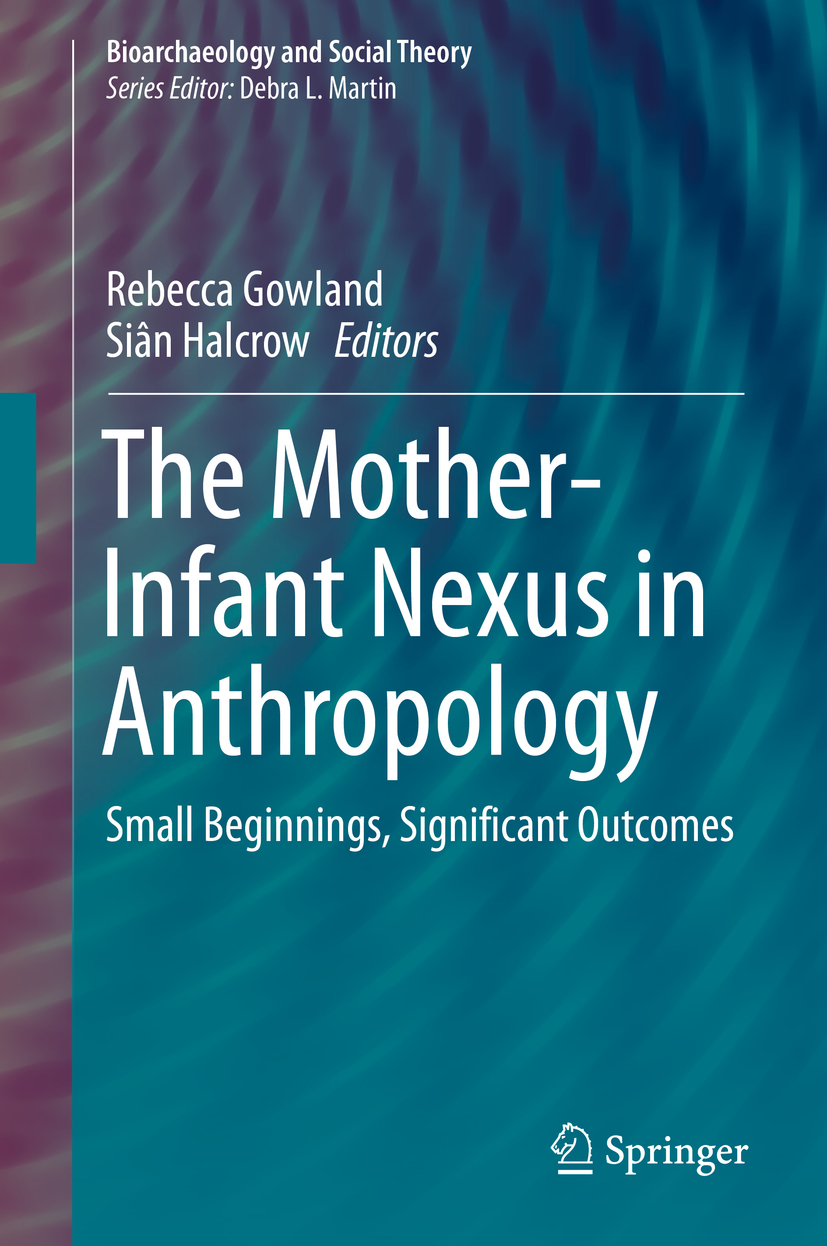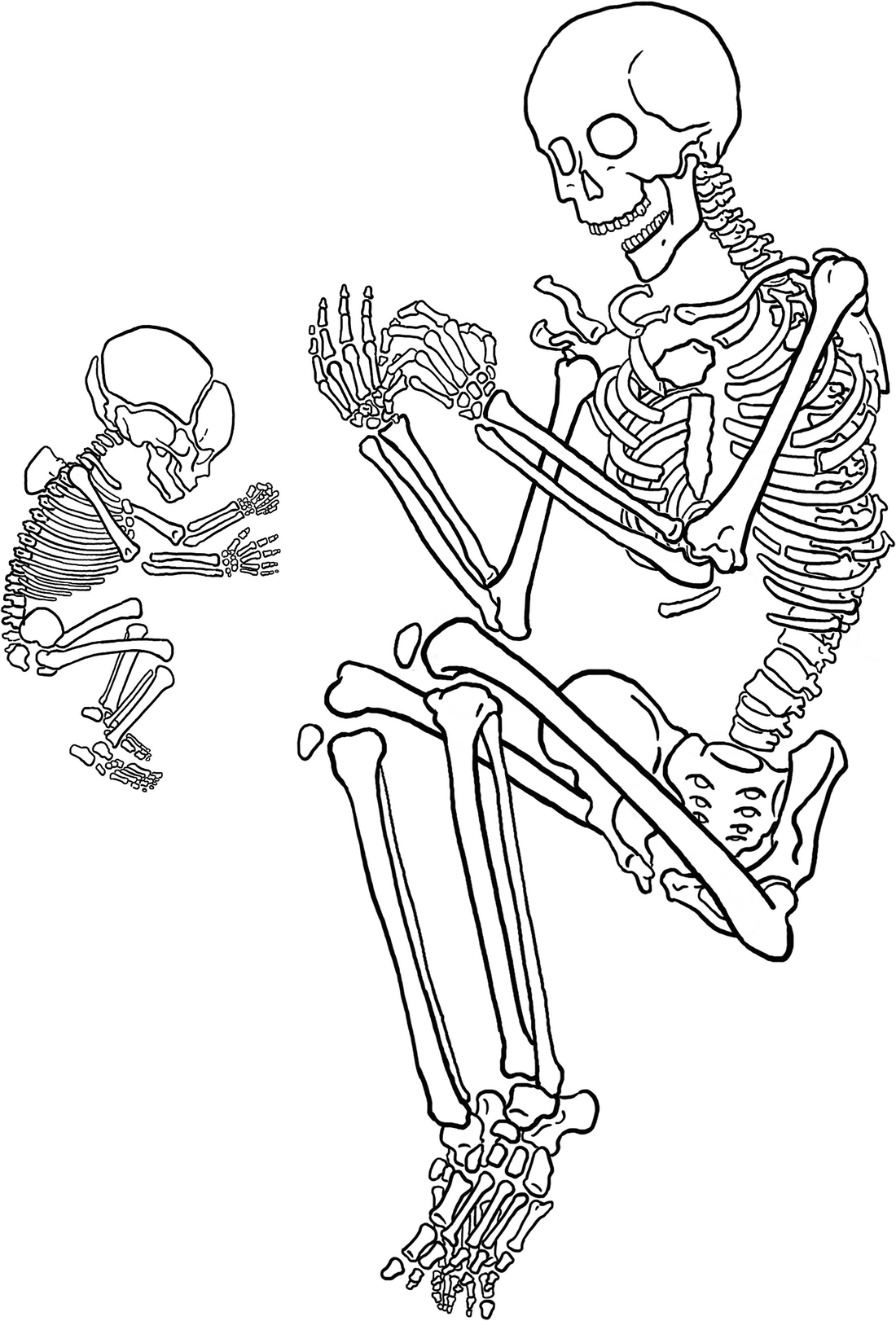Bioarchaeology and Social Theory
Series Editor
Debra L. Martin
Professor of Anthropology, University of Nevada, Las Vegas, NV, USA
More information about this series at http://www.springer.com/series/11976
Editors
Rebecca Gowland and Sin Halcrow
The Mother-Infant Nexus in Anthropology
Small Beginnings, Significant Outcomes
Editors
Rebecca Gowland
Department of Archaeology, Durham University, Durham, UK
Sin Halcrow
Department of Anatomy, University of Otago, Dunedin, New Zealand
ISSN 2567-6776 e-ISSN 2567-6814
Bioarchaeology and Social Theory
ISBN 978-3-030-27392-7 e-ISBN 978-3-030-27393-4
https://doi.org/10.1007/978-3-030-27393-4
Springer Nature Switzerland AG 2020
This work is subject to copyright. All rights are reserved by the Publisher, whether the whole or part of the material is concerned, specifically the rights of translation, reprinting, reuse of illustrations, recitation, broadcasting, reproduction on microfilms or in any other physical way, and transmission or information storage and retrieval, electronic adaptation, computer software, or by similar or dissimilar methodology now known or hereafter developed.
The use of general descriptive names, registered names, trademarks, service marks, etc. in this publication does not imply, even in the absence of a specific statement, that such names are exempt from the relevant protective laws and regulations and therefore free for general use.
The publisher, the authors, and the editors are safe to assume that the advice and information in this book are believed to be true and accurate at the date of publication. Neither the publisher nor the authors or the editors give a warranty, express or implied, with respect to the material contained herein or for any errors or omissions that may have been made. The publisher remains neutral with regard to jurisdictional claims in published maps and institutional affiliations.
This Springer imprint is published by the registered company Springer Nature Switzerland AG
The registered company address is: Gewerbestrasse 11, 6330 Cham, Switzerland
Illustration of the skeletal remains of a mother and infant by Asan Li
Rebecca Gowland: To my own essential nexus Tim, Theo, and Milo
Sin Halcrow: To my daughters, Paige and Alia, who show me the importance of the nexus
Series Foreword
The Bioarchaeology and Social Theory series originated with the goal of wanting to encourage scholars to expand their work based on analyses of human skeletal remains (from past, historic, and present contexts) into new and underexplored areas. We wanted scholars to take chances employing new methods and theories that fall outside of our more traditional interpretive frameworks. In this volume, The Mother-Infant Nexus , the coeditors and authors do exactly that. These exemplary chapters rigorously utilise a wide range of approaches. They draw on social theory that is combined with new medical, clinical, and biological understandings of infant and mother synergies. Within this amalgamation, the authors have explored notions about the interdependencies of mothers and infants as well as the constraints, dialectics, and combined effects on growth, development, and health. What makes this body of work unique is that the studies are problematised in such a way that they invite the reader to engage with ideas about the interconnections that are outside the box of more traditional bioarchaeological studies that have focused on either infants or females, but not the nexus (i.e., the link, bond, tie, and connection) that exists between them.
Bringing infants and mothers into focus as tethered, interactive, and collaborative presents a much more nuanced and full-bodied approach to really understand the full suite of factors impinging upon mothers and infants. The authors were invited by the coeditors to conceptualised infants not as separate and distinct entities but rather as contingent to and relational with their mothers. Several chapters compellingly show that the maternal body itself has been historically, medically, and socially misrepresented because pregnancy renders the body as no longer a discrete or single individual. Using a biocultural approach which is so central to bioarchaeological studies in general, the authors have been able to expand the mother-infant nexus into new areas of bioarchaeological inquiry.
As the coeditors reiterate in their substantial introductory chapter, they invited authors who were engaging in newer theories and ideas regarding topics such as maternal and infant health; epigenetics; developmental plasticity; development at the biological, social, and cognitive levels; and the long-term implications of hardship during infancy and childhood on health in later years. The chapters in this volume cover a dizzying array of topics from archaeothanatology and palaeopathology (broadly speaking) to cooperative lactation, reproductive loss, ecological immunity, and co-sleeping. If the reader only reads the introductory and concluding chapters by the coeditors, they would have a good working understanding about what is at stake for taking seriously the interconnectedness of mothers and infants in our studies. The individual chapters and case studies are richly detailed and carefully laid out. Each section of the book and the chapters within sections all shine a different light on aspects of the nexus. Starting with what we know regarding health from bioarchaeological studies, the sections move on to ecology and diet and then to social and cognitive interactions.
Bioarchaeology is experiencing a fluorescence of application of new methods and new theories that has never been seen before. The combination of both standard and new techniques for reconstructing different aspects of the nexus is applied with rigor and innovation. Bioarchaeologists such as those who authored the chapters in this book are producing a body of scholarship that demonstrates the relevance of this kind of work for not only the unknown ancient past but also for the present.
Debra L. Martin
Foreword
A pregnant woman and her child have a uniquely intimate relationship. They share the same body, blood, nutrition, and immune system. When the mother is stressed, so is the child. This mother-infant nexus is so profound that it shapes the health of generations to come. And yet, we are only just beginning to understand it.
In the archaeological record, we sometimes uncover burials of women with their unborn child, and these give us a glimpse into the hazards of childbirth in the past. But hidden to us are the women who died shortly after giving birth or while they were still breastfeeding, perhaps leaving a young child behind. We know nothing of the numerous births the woman may have already experienced or babies she may have lost. The infants we find are disconnected from the maternal body, in their death and burial, but may show traces of their symbiosis for example, when we are confronted with evidence for a nutritional deficiency that could only have resulted from a similar deficiency in the mother who carried them. The chasm between the mother and child in death means that, as bioarchaeologists, we treat them as separate entities, focussing on the child while the mother is rendered invisible. Medical and social anthropologists, psychologists, linguists, and immunologists often dedicate their careers to explore the emotional and physical bond between mother and child but have limited access to how this bond evolved over time.

